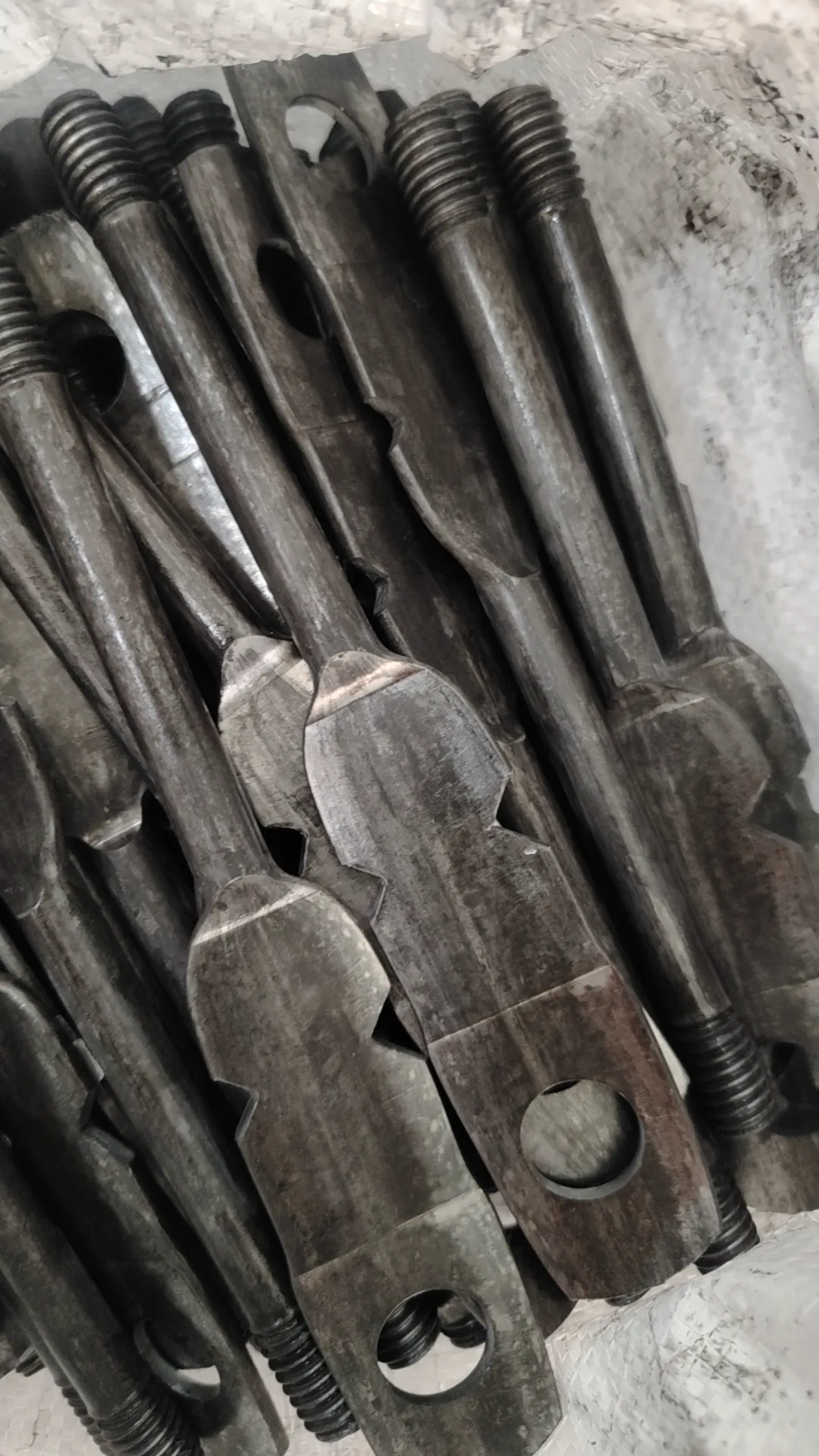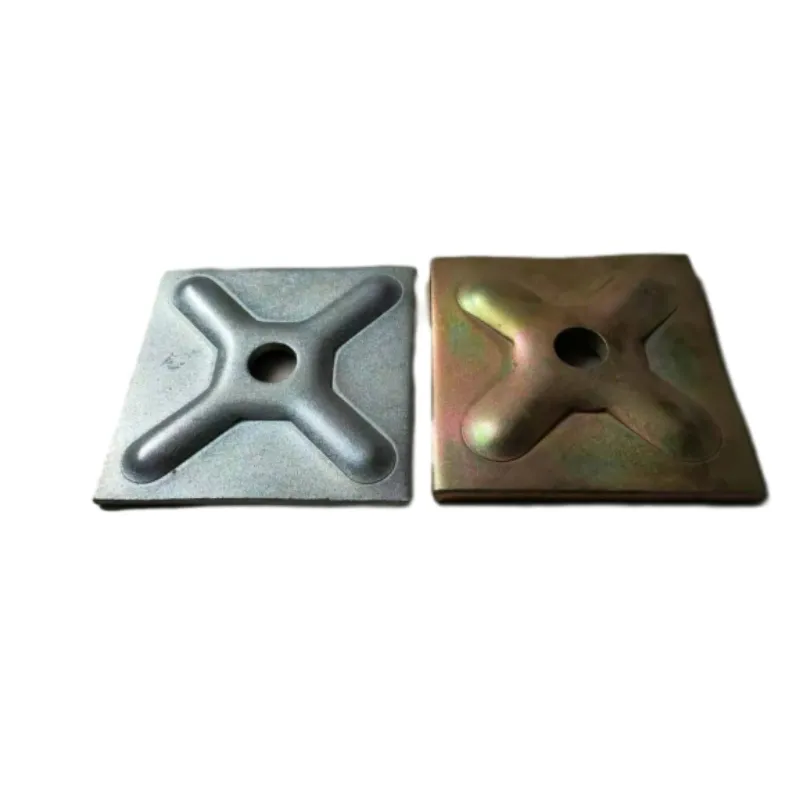- Phone: +86 132 8320 1810
- Email: annie@wrkgroup.ltd
-
- Afrikaans
- Albanian
- Amharic
- Arabic
- Armenian
- Azerbaijani
- Basque
- Belarusian
- Bengali
- Bosnian
- Bulgarian
- Catalan
- Cebuano
- China
- China (Taiwan)
- Corsican
- Croatian
- Czech
- Danish
- Dutch
- English
- Esperanto
- Estonian
- Finnish
- French
- Frisian
- Galician
- Georgian
- German
- Greek
- Gujarati
- Haitian Creole
- hausa
- hawaiian
- Hebrew
- Hindi
- Miao
- Indonesian
- Italian
- Japanese
- Javanese
- Malay
- Persian
- Portuguese
- Punjabi
- Russian
- Spanish
- Swahili
- Telugu
- Vietnamese
1月 . 29, 2025 03:59 Back To List
basic components of scaffolding
Scaffolding is an essential element in the construction industry, offering temporary support to workers and materials during building projects. To truly understand scaffolding, we must delve into its basic components, each playing a pivotal role in ensuring safety and functionality. The primary components include standards, ledgers, transoms, couplers, and base plates.
Couplers or clamps play a crucial role in the assembly of scaffolding, as they are the connectors that hold the entire framework together. Their quality and reliability are imperative for the overall safety of the scaffolding. There are several types of couplers, including right-angle couplers, swivel couplers, and putlog couplers, each designed for specific joints and angles. Expert knowledge in choosing and applying the appropriate couplers is essential for ensuring that the scaffolding remains securely fastened under various conditions. Finally, base plates provide the foundation for the scaffolding structure. These flat, load-bearing plates spread the load of the scaffold over a larger area, preventing sinking or tilting on soft ground. Base plates must be positioned properly to maintain the even distribution of weight, ensuring a level scaffolding that stands firmly. Experience in assessing ground conditions and setting base plates accurately underpins their effectiveness in any project. In conclusion, understanding scaffolding’s basic components—standards, ledgers, transoms, couplers, and base plates—is crucial for anyone involved in construction projects. These components must be selected, assembled, and maintained with the utmost care and expertise to ensure safety and efficiency on the construction site. By appreciating the intricacies of each element, construction professionals can achieve high levels of trustworthiness and authority, ultimately contributing to successful and safe building endeavors.


Couplers or clamps play a crucial role in the assembly of scaffolding, as they are the connectors that hold the entire framework together. Their quality and reliability are imperative for the overall safety of the scaffolding. There are several types of couplers, including right-angle couplers, swivel couplers, and putlog couplers, each designed for specific joints and angles. Expert knowledge in choosing and applying the appropriate couplers is essential for ensuring that the scaffolding remains securely fastened under various conditions. Finally, base plates provide the foundation for the scaffolding structure. These flat, load-bearing plates spread the load of the scaffold over a larger area, preventing sinking or tilting on soft ground. Base plates must be positioned properly to maintain the even distribution of weight, ensuring a level scaffolding that stands firmly. Experience in assessing ground conditions and setting base plates accurately underpins their effectiveness in any project. In conclusion, understanding scaffolding’s basic components—standards, ledgers, transoms, couplers, and base plates—is crucial for anyone involved in construction projects. These components must be selected, assembled, and maintained with the utmost care and expertise to ensure safety and efficiency on the construction site. By appreciating the intricacies of each element, construction professionals can achieve high levels of trustworthiness and authority, ultimately contributing to successful and safe building endeavors.
Next:
Latest News
-
AI-Optimized Building Shuttering SolutionsNewsAug.04,2025
-
Premium Roofing Materials - AI-Optimized by GPT-4 TurboNewsAug.03,2025
-
Formwork for In Situ Concrete | AI-Optimized SolutionsNewsAug.02,2025
-
Premium Screw Jacks Scaffolding Systems - Efficient Height ControlNewsAug.01,2025
-
Durable Concrete Form Ties Enhanced with AI | Buy OnlineNewsJul.31,2025
-
High-Quality Roofing Materials for Durable Building SolutionsNewsJul.30,2025
Products categories











